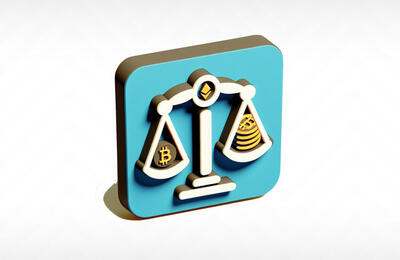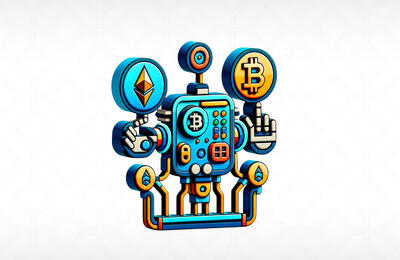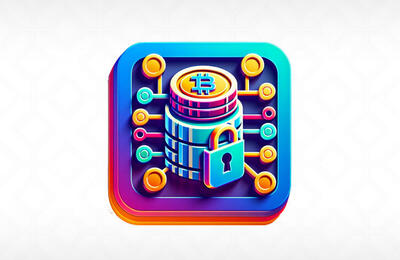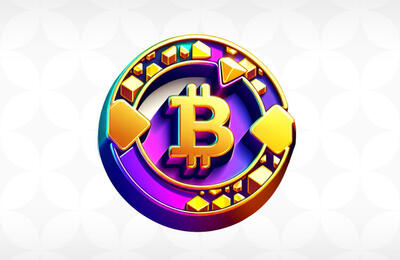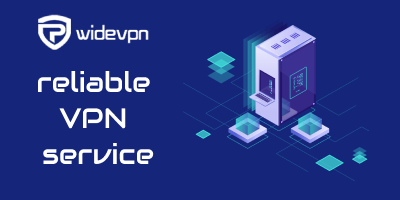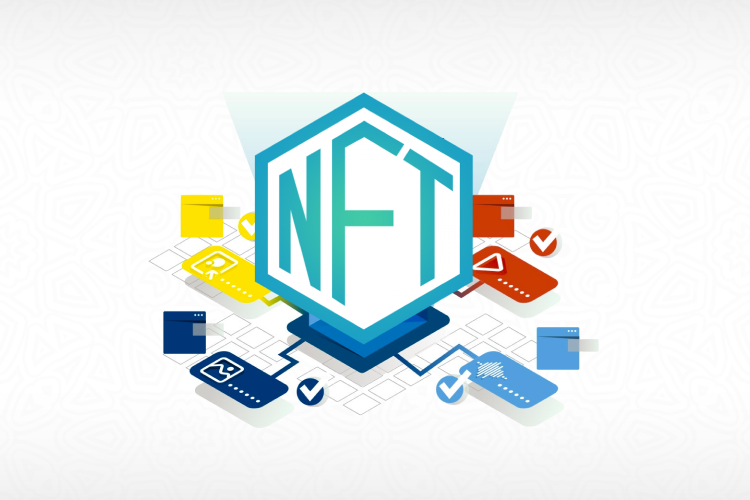
Non-fungible tokens (NFT) have been the latest buzzword in social media platforms and trading. Unlike most tradeable assets, NFTs have attracted the interest of both the young and old.
While cryptocurrency has taken the heart of young adults, NFTs have captured the curiosity of adolescents. With multiple news outlets announcing the recent winnings of teenagers after less than a year of trading, people of all ages are now interested in how to enter this seemingly lucrative trading space. (1)
If you’re planning to enter and play the game as a complete beginner as well, you might want to start your journey by reading this quick guide.
Start with learning more about trading
If you think about it, NFTs are similar to a certificate of ownership. If you bought a parcel of land, you’d receive a certificate of ownership, proving you’re the property’s owner. NFTs are like that. The most significant difference is that it’s entirely digital, and the types of assets it can be applied to are vast, including digital ones.
However, there’s a massive difference between being new at NFT and being completely new at trading. NFT, particularly blockchain ones, is an easy concept to understand, regardless of whether you have an idea about trading or not. Earning from it is a different story, and you must start building your trading foundation from a trading mentoring group or NFT club.
The basics of trading are applicable in NFT trading. However, unlike most markets, the NFT market comes with two huge caveats: it’s highly speculative and risky. Of course, those two things aren’t set in stone as the NFT market is still young; things may change. But the fact that you need to be more familiar with trading to earn in this market doesn’t.
Nonetheless, the following pointers will give you a clue of how trading works and how you can apply it on NFT.
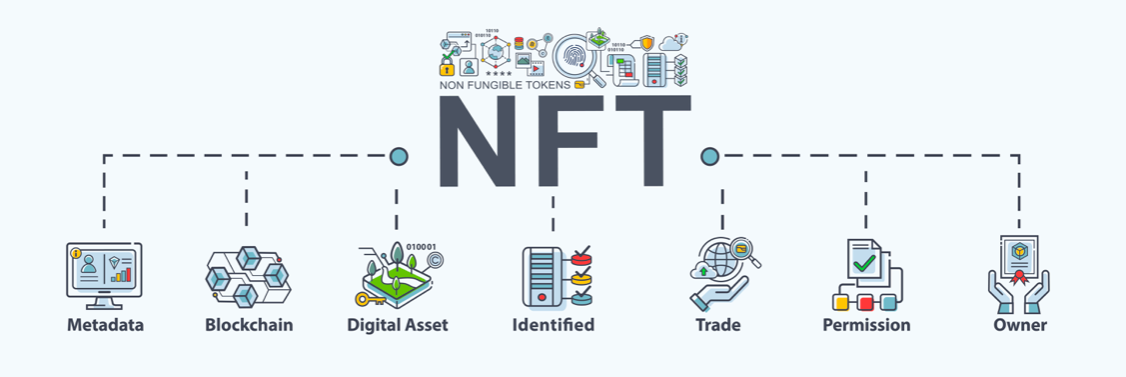
Learn and decide on what to buy
The amount of profit and return of investment (ROI) you’ll incur in trading NFT largely depends on your buying tactic. Currently, there are three common buying strategies that you can employ:
1. Buy the lowest-priced
Mostly referred to as buying the floor, buying the lowest-priced is a good tactic for beginners who’re not ready to spend big on NFT trading yet. Note that buying the floor doesn’t mean that you should only focus on finding the cheapest tokens on the market.
Buying the floor means finding the lowest-priced token from a group of valuable ones. For example, say there’s a collection of valuable paintings from an artist. Buying the floor means buying the least expensive work from the collection.
Most traders recommend this tactic to newbies as it helps with the project’s future visibility, demand, and value. It also protects new investors from massive losses, which can be heavily discouraging.
2. Buy the highest-priced
Buying the highest-priced or buying the ceiling is the complete opposite of buying the floor. This approach is often only advisable for those investors who’re already too deep in the trading market and risk-takers. While buying the floor is highly profitable, if you’re lucky, you’ll incur huge losses if you’re not.
3. Buy the underpriced
Ideally, this is the buying tactic you would want to practice. Unfortunately, it’s not something you can consistently do from the very start unless you’re an expert on the kind of assets you’re eyeing in the market.
Nonetheless, practicing getting the underpriced NFTs is possible to pull off regardless of your experience and expertise, especially in emerging markets. However, you need to invest some time in researching and hunting.
For example, you can find a single asset with multiple copies on the market. Say that a digital piece of art has five copies in circulation with a listing price of USD$100. Now, your job is to find some of the copies sold or can be bought for less than the current listing or market price.

Decide on how and when you’ll flip
You won’t earn by just simply buying. Unlike owning most real-world assets, the amount of things you can do to profit from an NFT property is limited. Most of the time, the only thing you can do to earn a buck from your investment is to sell your NFTs.
For example, owning an apartment building can let you profit from it through rent. On the other hand, having an NFT card, meme, or digital asset can let you earn from it typically by selling it when its value or the cryptocurrency behind it appreciates. Because of that, it’s essential as an NFT trader to know how and when you’ll flip, sell, or trade back your NFTs. As a beginner, the safest bet is to sell as soon as the value of your NFT improves.
However, this part is genuinely up to your experience and instinct as a trader. Since the NFT market can still be considered in its infancy stage, trends can still be unstable and wildly unpredictable. For one, after a piece of huge news about a multimillion-dollar sale of an NFT asset in March 2021, the number of NFT sales has plummeted by 90%. (2)
Trying to play the long game in NFT is a high-risk–high-reward thing to do. After all, some skeptics predict that this market and all assets under it are all bubbles waiting to pop. (3)
Analyze market trends
While it’s true that the NFT market can still be fickle, it doesn’t mean that all market trends can be unreliable indicators.
1. Focus on the overall market
The NFT market has become an industry of its own. Even if it has inherently huge risks, it’s an emerging market that’s already being taken seriously by financial institutions and high-profile investors. However, it doesn’t mean that the people’s interest in it may not die out.
To protect your investment, you must consistently be aware of the overall interest in the market. One way to do that is to use search engine trend tools to keep track of how much interest in the NFT market is being sustained.
2. Focus on your NFTs and the projects they are in
Aside from the overall market, you should also keep a close eye on the NFT assets you have and their sources. For example, if you have NFT trading cards, you should monitor the progress and reputation of the ones featured on them and the league behind them.
Remember, the values of your NFT cards are closely tied to the ones featured on them and the league. Any negative or positive news regarding them can affect the value of your investments.
In addition, you should be vigilant about the project your NFTs are in and the type of NFTs you have. Suppose you own virtual land NFTs or properties from an NFT game. Be always in the know if the demand for the project you’re on is sustained. Left unaware, you may find yourself selling your assets too late, resulting in losses.
Conclusion
This is just the basics of trading in NFT. As a beginner, you have a lot of risks to avoid. The last thing the market needs is people discouraged from trading again after experiencing a single loss. And the last thing you need is to be one of those people.
References:
1. “Teens Cash In on the NFT Art Boom”, Source: https://www.nytimes.com/2021/08/14/style/teens-nft-art.html
2. “Expert: Are NFTs A Fad Or The Future?”, Source: https://www.cashay.com/nfts-a-fad-or-the-future-192823080.html
3. “NFT Sales Surge As Speculators Pile In, Sceptics See Bubble”, Source: https://www.reuters.com/technology/nft-sales-surge-speculators-pile-sceptics-see-bubble-2021-08-25/





